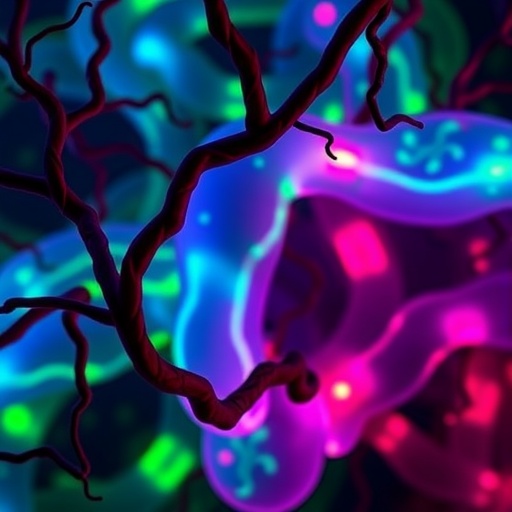The epidermis, the outermost part of our skin, is our most important protection towards the outside world. Our ability to survive depends on the epidermal barrier being intact. To keep the barrier functioning, every single cell needs to know what to do. That is especially difficult in the epidermis, which constantly renews itself. The process behind it is little understood so far.
Of vital importance for building the barrier are especially tight connections between the cells. The so called tight junctions close the space between cells and control the transportation of molecules. The plan to form tight junctions can be found in every layer of the epidermis, nevertheless they are only developed in the outer layer. "Why it is like that was a mystery so far," says Matthias Rübsam first author of the study. "Using new microscopy techniques, we could show that the receptor of a well known growth factor, EGF, plays an important role in tight junction barrier formation in the epidermis. Actually, EGF is responsible for the cell division and so far was only described in the lower layers of the epidermis."
Another aspect has something to do with a more recent field of cell biology, the mechanobiology. "Similar to railway coupling, cells can feel via connections among each other whether they are under pressure or under tension," the scientist explains. "The coupling triggers a signal which regulates the receptor. The activity of the coupling mechanism, the receptor and of the barrier molecules must always be at equilibrium." Disruption of this balance could cause known skin diseases like neurodermatitis or psoriasis. The new findings that coupling mechanisms and the receptor are important for keeping the balance may explain why common anti-tumor treatments targeting the receptor have heavy side effects for the skin. With this knowledge consequences of tumor therapies could be improved.
###
This study using mice with defects in the skin barrier was conducted in close collaboration with researchers of the Max-Planck-Institute for Biology of Ageing (Sara Wickström), and universities in Yale (Aaron Mertz) and Tokyo (Masayuki Amagai, Akiharu Kubo). The results have been published in Nature Communications.
Original publication:
E-cadherin integrates mechanotransduction and EGFR signaling to control junctional tissue polarization and Tight Junction positioning Matthias Rübsam, Aaron F. Mertz, Akiharu Kubo, Susanna Marg, Christian Jüngst, Gladiola Goranci-Buzhala, Astrid C. Schauss, Valerie Horsley, Eric R. Dufresne, Markus Moser, Wolfgang Ziegler, Masayuki Amagai, Sara A. Wickström, and Carien M. Niessen Nature Communications DOI: 10.1038/s41467-017-01170-7
Media Contact
Prof. Dr. Carien Niessen
[email protected]
49-221-478-89512
@UniCologne
http://www.uni-koeln.de
http://dx.doi.org/10.1038/s41467-017-01170-7




